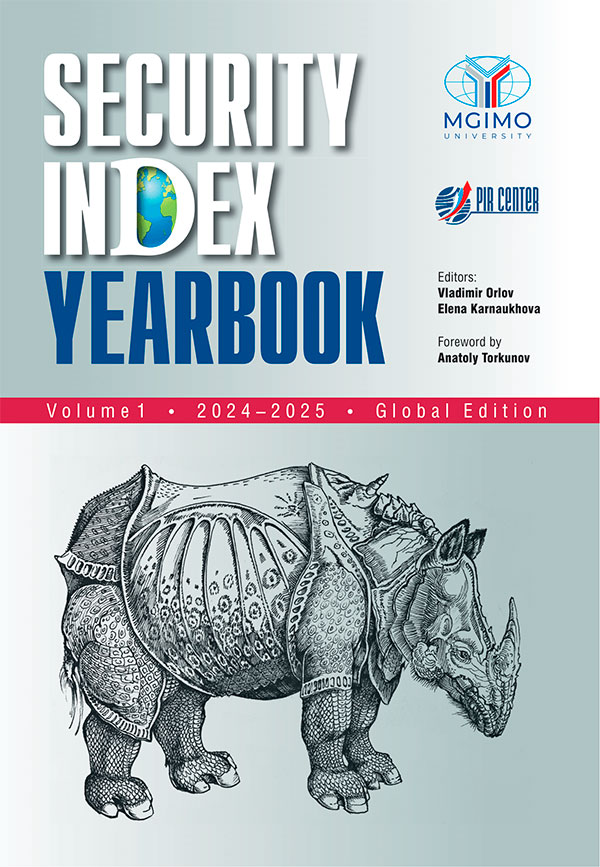... Europe to improve. His ambition for the EU is to develop an international arms control agenda in view of the potential return of military and nuclear competition by 2021 as the future of a New START Treaty also remains unclear. Obviously, France’s nuclear deterrence – especially after Brexit was concluded in January 2020 – adds to its gravitas at the EU level. Macron’s phrase that ‘the vital interests of France now have a European dimension’ opens the door.
Interesting as they are, the ...
Of all the “official” nuclear powers, the UK arguably displays the most peculiar approach to nuclear deterrence
Of all the “official” nuclear powers (Russia, the US, France, the UK, China), the UK arguably displays the most peculiar approach to nuclear deterrence. Here, we will outline the most salient details, assess the prospects, and ...
... between 5 and 7 kt.
According to official explanations, up to and including those contained in the new nuclear doctrine [
1
], the United States intends to use the weapon to give additional stability and flexibility to its regional (not strategic!) nuclear deterrence. The idea is that the number of such missiles will be limited, because they are intended for fairly specific purposes.
The U.S. military had long sought permission for low-yield nuclear weapons from the White House,
arguing
that the ...
Despite the degree of uniqueness stemming from its particular specifics, each case of nuclear weapons proliferation also exemplifies one or more of the five main determinants of a state’s decision to acquire nuclear weapons that have been identified in the relevant literature: security, domestic politics, norms, technology and economics. While recognising the complexity of multi-causality, I would argue that a careful analysis of existing cases leads to sufficient explanations about the general...



